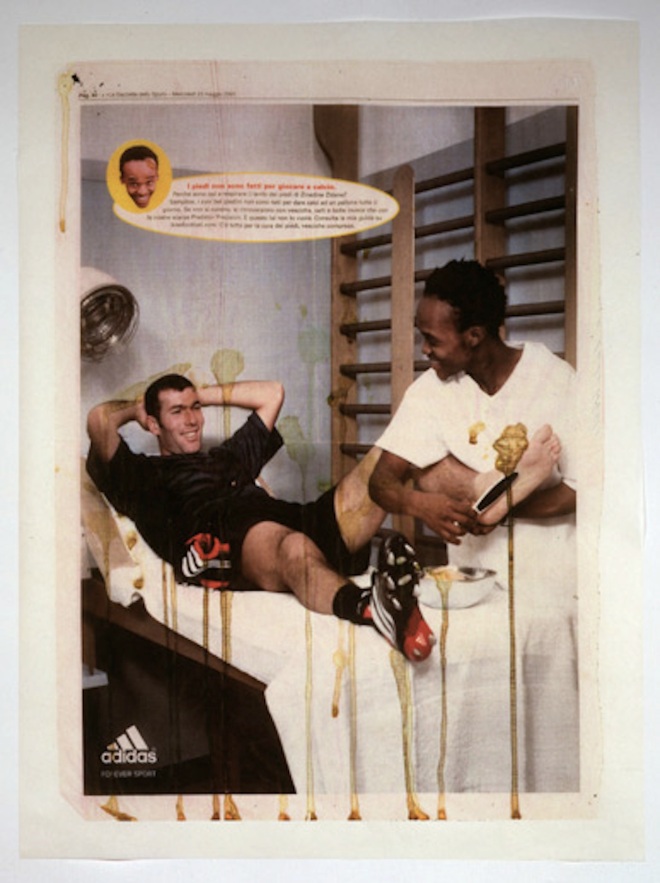Diana Tausari squares off against Seimone Augustus, looks like regular basketball. Shoulder checking and all that. But then in a lean in, she leans in!
It’s worth watching the post-game interview. Augustus explains “As far as me and Diana and the tango dance we had – I always say she just wanted some of my deliciousness.”
When asked about this moment Tausari explained: “I was just trying to make sweet love, that’s it.”
That’s it. Just exactly the kind of queer playfulness that mainstream sports folks have feared like the coming of the four horsemen of the apocalypse.











